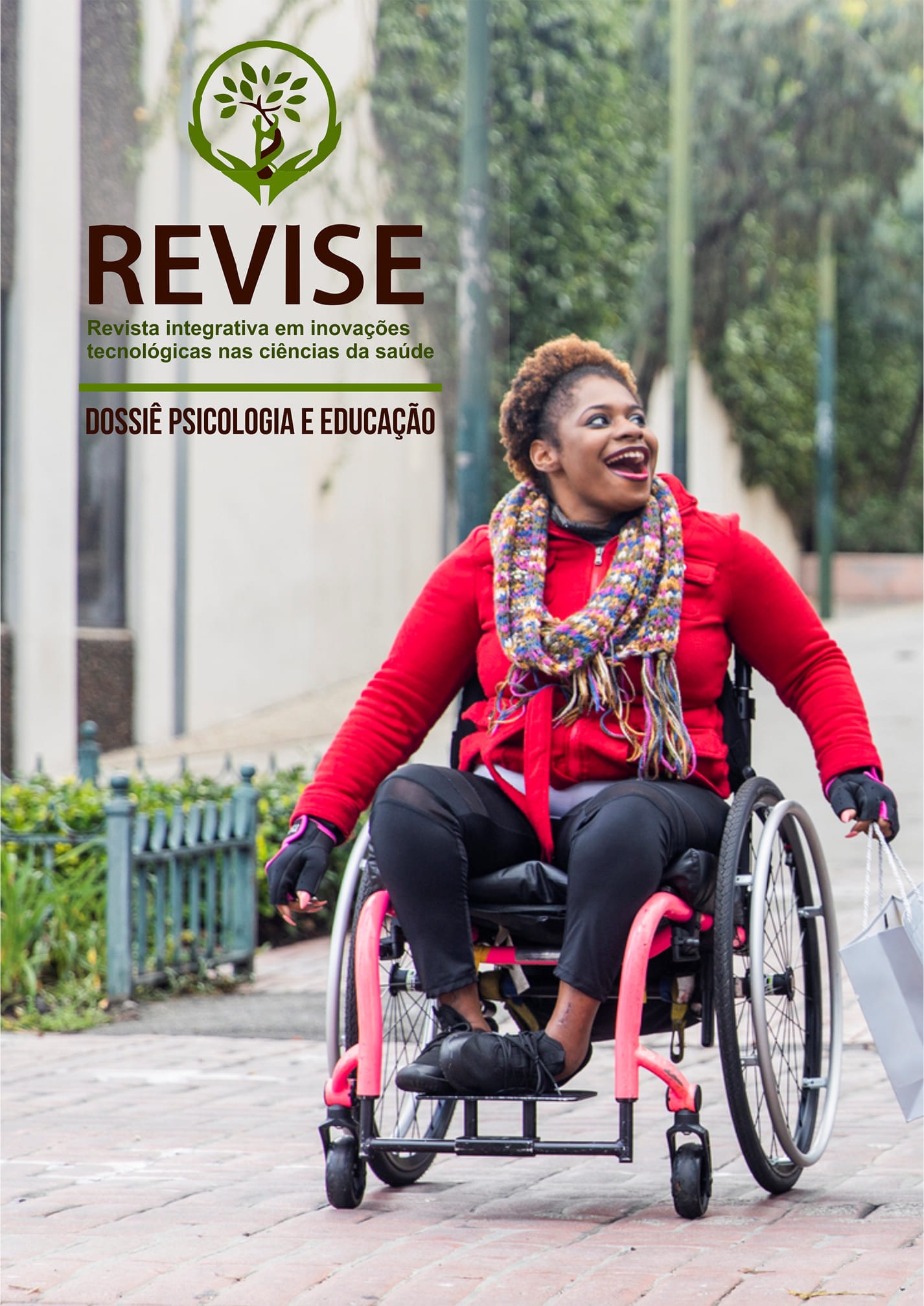Hand configuration as a sign language parameter
a comparative study of Mozambican and Brazilian sign languages
Keywords:
Língua de Sinais, Parâmetros da Língua de Sinais, Configuração da Mão.Abstract
The Sign Languages in the world and the Sign Language of Mozambique (LSM) in particular are basically produced with the hands and perceived through sight, although body and face movement play roles in the communication of these languages. Thus, the main Sign Language Parameters are: Hand Configuration, Movement, Facial Expressions, Hand Orientation and Point of Articulation. The present work aims to compare the different hand configurations used in Mozambican (LSM) and Brazilian (LIBRAS) Sign Languages. To carry out the work, the bibliographic method was used, which consists of reading works that address the subject in the experiences lived by the researcher. Hand Configuration (CM) is understood as the different ways in which the hand or hands are positioned to execute the signal. The study shows that although Sign Languages have common characteristics in their production and perception, each country, locality or deaf community produces its signs according to the needs of users of this language and the socio-cultural development of the environment.








